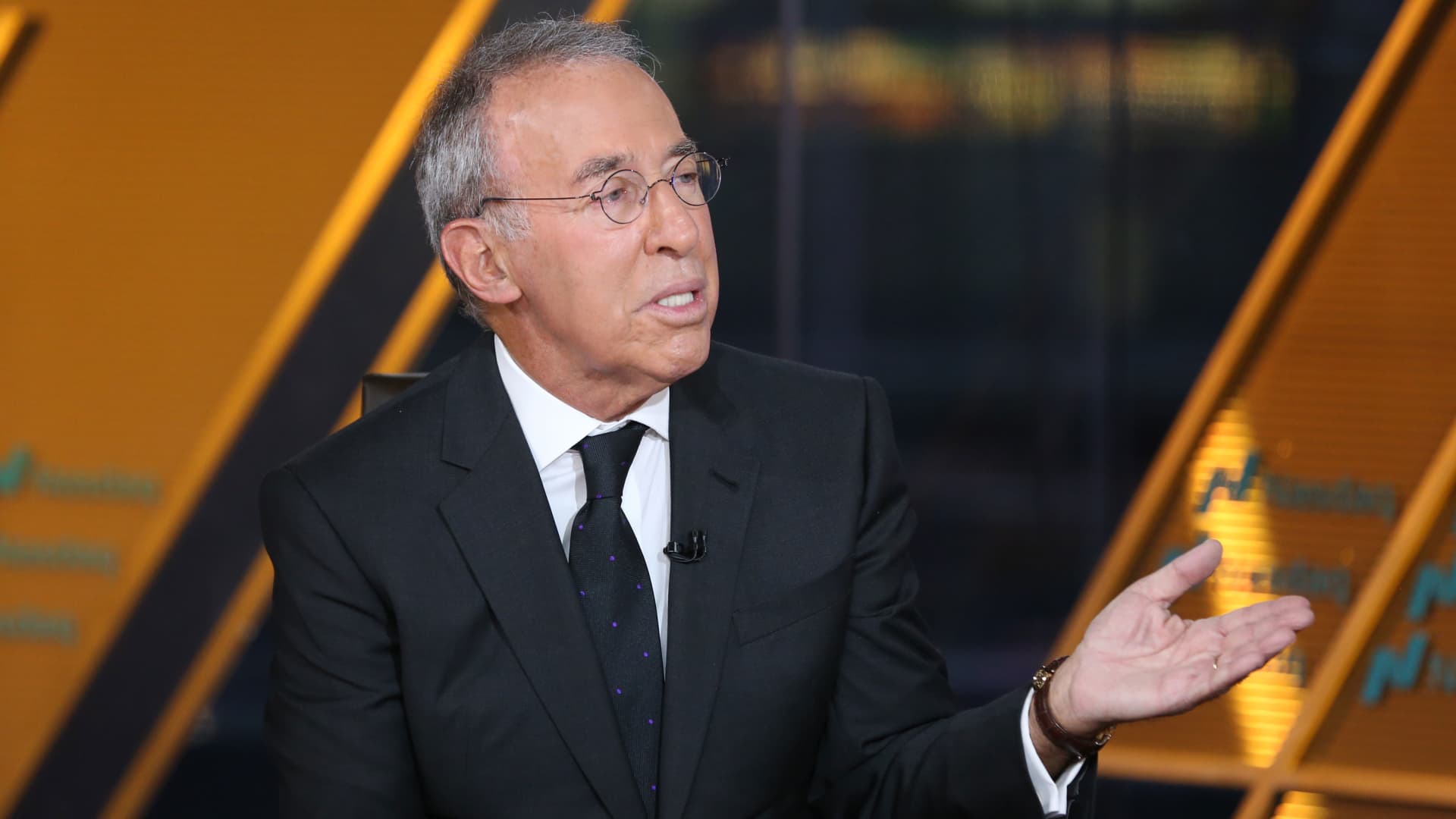This week, I’m once again using a debit spread for my trade on GLD — but with a different approach to identifying the setup. At times, stocks enter a prolonged sideways grind — a phase where price action stalls and volatility dries up. These periods of consolidation can drag on for weeks or even months, testing a trader’s patience. And sometimes, the best move during these phases is no move at all — sitting in cash and waiting for cleaner setups to emerge. But these quiet stretches don’t last forever. What traders call a “squeeze” often develops during low-volatility conditions — where Bollinger Bands, a volatility-based indicator, contract tightly and get caught inside the Keltner Channels, another volatility tool. This compression signals that a breakout may be coming. Once price finally escapes this squeeze zone, it can trigger sharp, explosive moves — and that’s where the real opportunity lies. A popular technical indicator available on most platforms makes your life easy by catching these “squeezes” and even the breakouts. This is how it works: When a stock enters a low-volatility or sideways consolidation phase, the TTM Squeeze indicator begins plotting red dots on the chart. These red dots signal that the stock is in a “squeeze” — a period where price is coiling up. During this phase, it’s usually best to stay on the sidelines, as clean directional moves are unlikely. A breakout from this squeeze is marked when those red dots turn green. That’s your early heads-up that volatility is starting to return. Now, pair that with the momentum histogram: If the bars are blue, it often points to a bullish breakout. If the bars are red, it may suggest a bearish breakdown. In the case of GLD, we’re still in that red-dot waiting phase — meaning the squeeze is in play, and we’re watching for confirmation. Once green dots begin to show up, it tells us that volatility is expanding again and a directional move could be setting up. One key rule: wait for at least three consecutive momentum bars in the same direction before pulling the trigger. False breakouts are common, and this filter helps increase your odds of catching the real move. The Trade Setup: GLD 315-316 Bull Call Spread Since GLD hasn’t broken out of its squeeze just yet, we’re in wait-and-watch mode for now. But if it does break out in the next few days and starts trading around $315, I’ll be looking to initiate a bull call spread — a simple, defined-risk options setup. Here’s the trade I’d consider: Buy $315 call, Aug 15 expiry Sell $316 call, Aug 15 expiry Cost: $50 Potential Profit: $50 If GLD climbs to $316 or higher by expiration, this setup would yield a 100% return on the amount risked. Scaling the trade with 50 contracts, for example, means risking $2,500 for the chance to make $2,500. As GLD continues to trend higher, traders can ladder into additional spreads — gradually building the position and increasing exposure while still keeping risk tightly managed. -Nishant Pant Founder: https://tradingextremes.com Author: Mean Reversion Trading Youtube, Twitter: @TheMeanTrader DISCLOSURES: None. All opinions expressed by the CNBC Pro contributors are solely their opinions and do not reflect the opinions of CNBC, NBC UNIVERSAL, their parent company or affiliates, and may have been previously disseminated by them on television, radio, internet or another medium. THE ABOVE CONTENT IS SUBJECT TO OUR TERMS AND CONDITIONS AND PRIVACY POLICY . THIS CONTENT IS PROVIDED FOR INFORMATIONAL PURPOSES ONLY AND DOES NOT CONSITUTE FINANCIAL, INVESTMENT, TAX OR LEGAL ADVICE OR A RECOMMENDATION TO BUY ANY SECURITY OR OTHER FINANCIAL ASSET. THE CONTENT IS GENERAL IN NATURE AND DOES NOT REFLECT ANY INDIVIDUAL’S UNIQUE PERSONAL CIRCUMSTANCES. THE ABOVE CONTENT MIGHT NOT BE SUITABLE FOR YOUR PARTICULAR CIRCUMSTANCES. BEFORE MAKING ANY FINANCIAL DECISIONS, YOU SHOULD STRONGLY CONSIDER SEEKING ADVICE FROM YOUR OWN FINANCIAL OR INVESTMENT ADVISOR. Click here for the full disclaimer.








